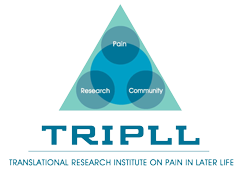High prevalence of multimorbidity and polypharmacy in elderly patients with chronic pain…
Patricia Kim2021-07-02T10:08:38-04:00High prevalence of multimorbidity and polypharmacy in elderly patients with chronic pain receiving home care are associated with multiple medication-related problems Aim: To measure the extent of polypharmacy, multimorbidity and potential medication-related problems in elderly patients with chronic pain receiving home care. Methods: Data of 355 patients aged ≥65 years affected by chronic pain in home care who were enrolled in the ACHE study in Berlin, Germany, were analyzed. History of chronic diseases, diagnoses, medications including self-medication were collected for all patients. Multimorbidity was defined as the presence of ≥2 chronic conditions and levels were classified by the Charlson-Comorbidity-Index. Polypharmacy was defined as the concomitant [...]
